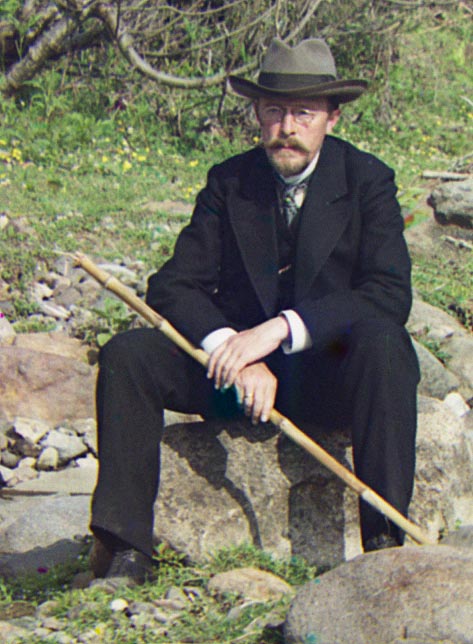Semester 1, Week 5: Sergey Prokudin-Gorsky
Assignment Directions: Read through the history lesson and complete the questions in your homework packet. Then complete one of the two photo assignments at the bottom of the page.
************************************************************************************
HISTORY OF THE WEEK: Sergey Prokudin-Gorsky
(This lesson is heavily summarized from the Wikipedia entry on Prokudin-Gorsky.)
Sergey Mikhaylovich Prokudin-Gorsky was a Russian chemist and photographer, who is known today for being one of the pioneers of early color photography, and especially for his pictures of the Russian Empire at the end of the rule of the tsars and before the Russian Revolution of 1917.
Prokudin-Gorsky was born in 1863 in western Russia to a wealthy and noble family. When Prokudin-Gorsky was young, his family moved to Saint Petersburg, where he went to a university to study chemistry, music, and painting. It was there he became interested in photography, and in 1889 he transferred to a university in Berlin, Germany, to study the chemical processes involved in three-color photography.
After Prokudin-Gorsky moved back to Russia, he started a photo studio and lab to experiment with methods for taking and developing color pictures. His photography and work with color earned him fame and praise, and in 1909, Tsar Nicolas II, the last Emperor of Russia, gave him permission and funding to travel around the Russian Empire and take color pictures. Prokudin-Gorsky did this for six years, until 1915, after the start of World War I, taking over 3500 pictures in this time.
As you read in this week’s handout, early color photography required the photographer to take three different exposures of the same image—one with a red filter, one with a green filter, and one with a blue filter.
Because these exposures were taken anywhere from one to six seconds apart, anything in the scene that didn’t stay completely still would have little color fringes around its edges in the final color picture. If something moved a lot, it would make the picture look like there were colored ghosts in them!
In 1909 when Prokudin-Gorsky started traveling around Russia to take his pictures, Russia was the largest country in the world in terms of land size, and it still is today. Because of this, Prokudin-Gorsky’s main purpose in traveling around the Russian Empire and taking pictures was to educate Russia’s children about the vast history, culture, and modernization of the country.
In November of 1917, the Russian Revolution began, and in 1918, Prokudin-Gorsky decided to leave Russia for several other European countries, ending up living in Paris, France in 1922.
When Prokudin-Gorsky left Russia, the Russian government took away about half of his pictures because they allegedly contained material that was considered “strategically sensitive” for the country during the war, but according to Prokudin-Gorsky’s notes, there wasn’t anything really interesting to the general public in those pictures anyway. Also when he left, he gave away some pictures and hid some other ones, but none of those have ever been found.
The only pictures of Prokudin-Gorsky’s that exist today were purchased by the United States Library of Congress from Prokudin-Gorsky’s children in 1948, because both his family and the Library of Congress were worried about them getting damaged. If you think back to the photo history you studied in Weeks 1 and 2, you might remember that early photographs were taken on glass plates. Prokudin-Gorsky’s were no exception, which is why they were so worried about them getting damaged!
Starting in the year 2000, the Library of Congress began digitally scanning and cleaning up Prokudin-Gorsky’s photos (to remove the color fringing/ghosting) and putting them online. If you’d like to see more of his pictures, click here to see the Library of Congress gallery.
However, be warned that that's ALL of his pictures. For a selection of his best pictures, go to Wikipedia's Wikimedia site of Prokudin-Gorsky's photos.
However, be warned that that's ALL of his pictures. For a selection of his best pictures, go to Wikipedia's Wikimedia site of Prokudin-Gorsky's photos.
Prokudin-Gorsky Assignment
Directions: Choose one of these pictures to use for the assignment on your handout. I had a hard time picking my favorites for this assignment--if you think these are neat, click on the Wikimedia link above to check out more of his best photos!!
 |
| PHOTO #1: Young Russian peasant women in front of traditional wooden house, 1909. |
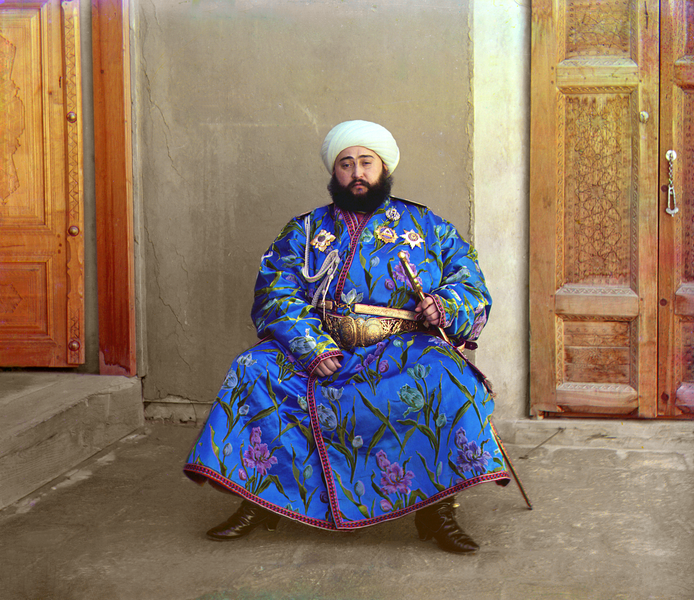 |
| PHOTO #2: Mohammed Alim Khan, Emir of Bukhar, 1911. |
 |
| PHOTO #3: Zindan (traditional Central Asian prison), with inmates looking out through the bars and a guard with Russian rifle, uniform, and boots, likely in Bukhara, Uzebkistan. |
 |
| PHOTO #4: Metal Truss Railroad Bridge on the Kama River near Perm, 1910. |
 |
| PHOTO #5: Sunni Muslim man in Dagestan, wearing traditional dress and headgear, 1904. |
 |
| PHOTO #6: Group of workers harvesting tea on the east coast of the Black Sea. |
 |
| PHOTO #7: The Monastery of St. Nil on Stolobnyi Island in Lake Seliger in Tver Province, 1910. |
 |
| PHOTO #8: Jewish Children with their Teacher in Samarkand. |
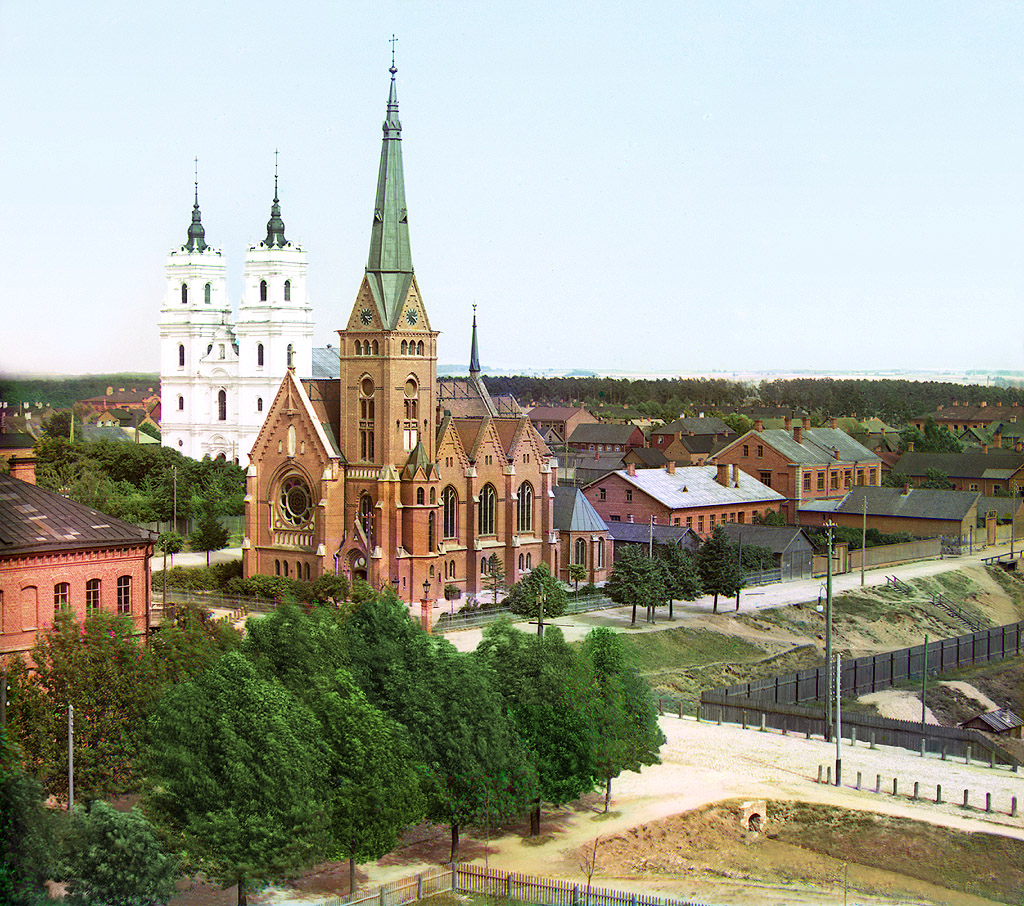 |
| PHOTO #9: Cathedral in Dvinsk, 1912 |
 |
| PHOTO #10: The town of Rzhev on the Volga River, 1910. |
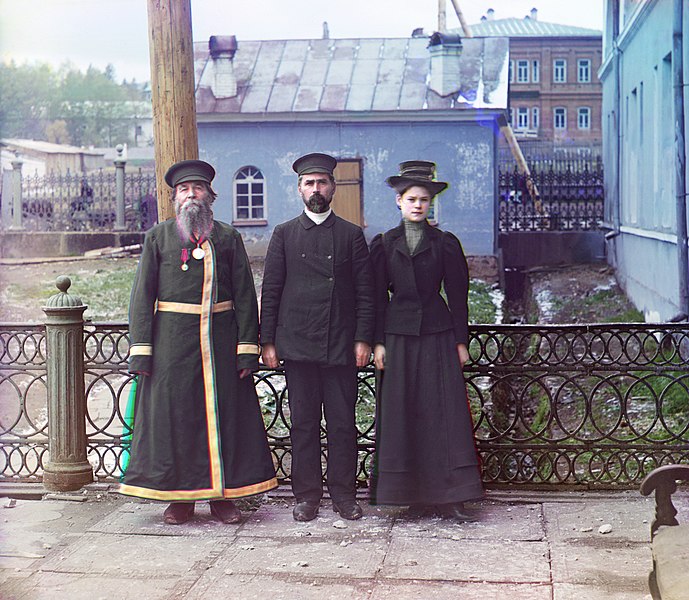 |
| PHOTO #11: Three generations (father, son, and granddaughter) from a family in the Ural Mountains. |
If you do NOT have a camera to use for this week's assignment:.
.SCROLL DOWN to go to the alternate assignment if you do NOT have a camera to use for this week's homework. Your teacher should have given you the Week 5 Alternate Assignment handout--if you don't have this, please check with them!
If you DO have a camera for this week's assignment:
.
Do the following assignment if you DO have a camera to use for this week's homework.
This week you are going to take six black and white photos of three different subjects.
- Subject #1: Take two black and white photos of the SAME subject—one demonstrating the Rule of Thirds, and one where the subject is in the center of the picture (NOT using the Rule of Thirds.)
- Subject #2: Take two black and white photos of the SAME subject (different than subject #1 though!) demonstrating two of three different angles—below the subject, facing the subject straight-on, and standing above the subject.
- Subject #3: Take two black and white photos of the SAME subject (different than subjects #1 and 2 though!)—one with something framing the subject, and one without something framing the subject.
When you have taken all three pictures and written your paragraph about why you chose those three objects, print or email them to your teacher BEFORE your appointment time. If you need help attaching your pictures to an email, please ask your teacher or one of the lab teachers to show you how.
Note: Your teacher MUST have received your email(s) by your appointment time, or your assignment will be incomplete!! You MUST email this assignment to your teacher.
If you do NOT have a camera, please ask your teacher for the alternate assignment BEFORE next week.
**************************************************************************
No Camera? Here is your Alternate Assignment for Semester 1, Week 5
Have your handout from your teacher? Great! Here are your photos that go with the handout. Click on the title for each photo to go to its original source.
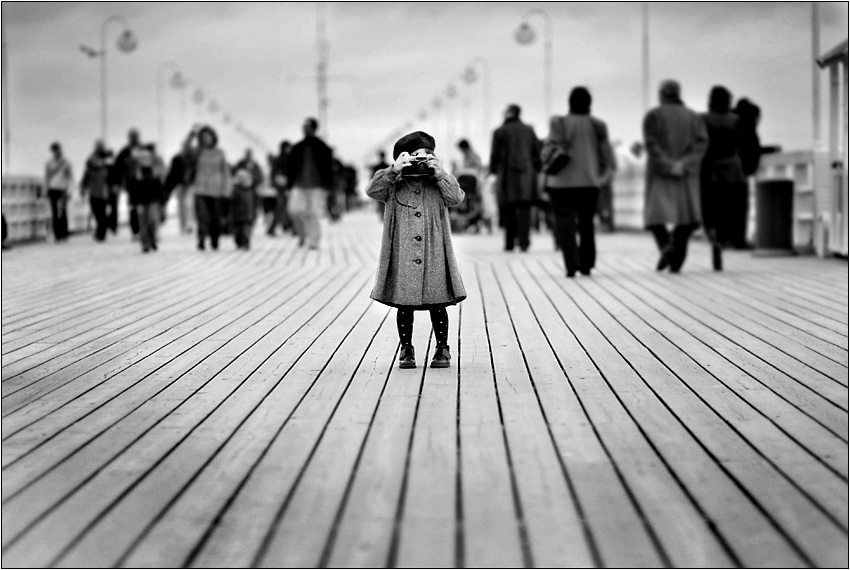 |
| PHOTO A |
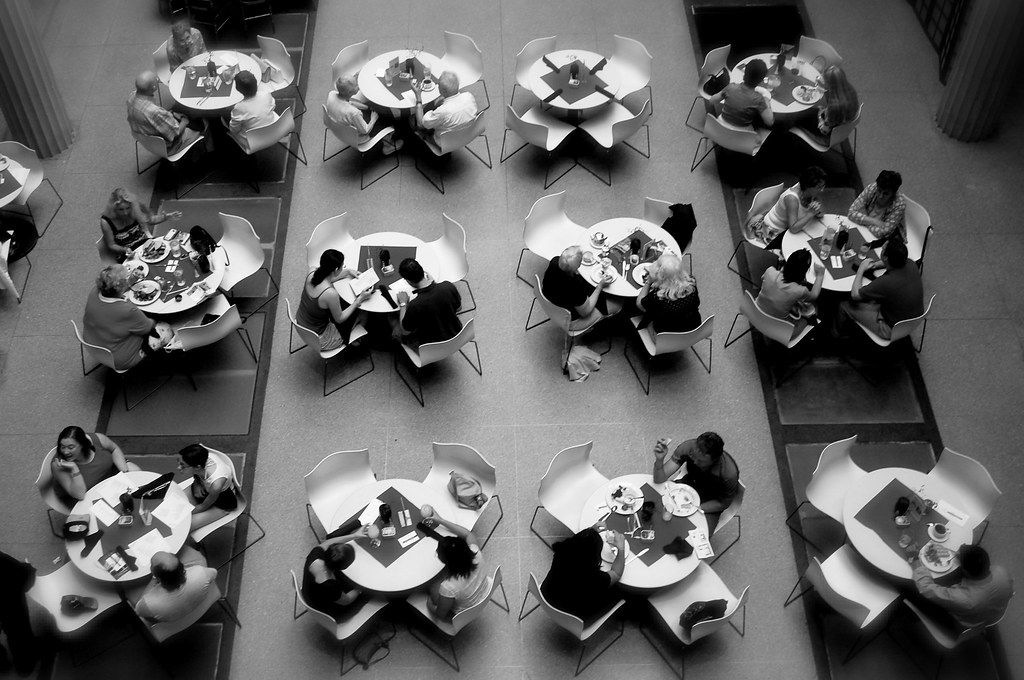 |
| PHOTO B |
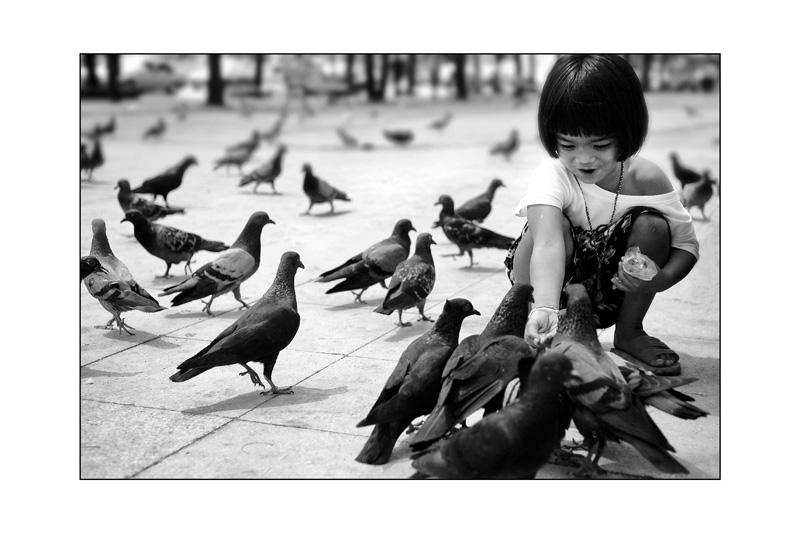 |
| PHOTO C |
 |
| PHOTO D |
 |
| PHOTO E |
